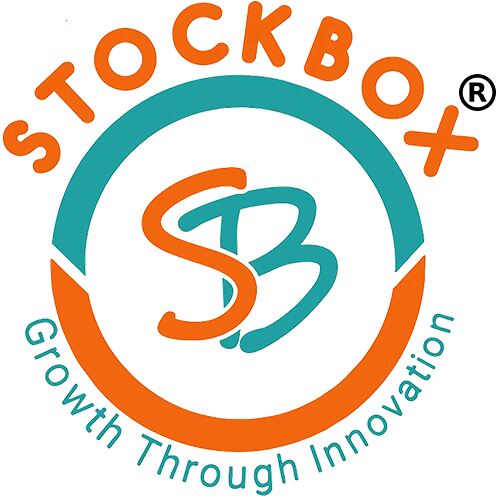Here’s all you need to know about algorithmic trading
The term “algorithmic trading,” often referred to as “algo trading” or “automatic trading,” refers to a process of carrying out transactions via the use of computer programmes that adhere to a set of rules or algorithms, to decide whether to purchase and sell stocks. When deciding whether to execute transactions, the algorithms take into account a variety of market factors, including price, volume etc.
Hedge funds, investment banks, and other institutional traders frequently employ algorithmic trading to swiftly and effectively complete huge contracts. It may also be utilized to carry out sophisticated trading techniques that are challenging or impossible for retail investors to carry out manually.
Examples of algo trading:
An example of algorithmic trading is using a program that tracks the moving average of a stock’s price.
When a stock’s short-term moving average crosses above its long-term moving average, the algorithm is set to purchase the stock, and it is set to sell the stock when the short-term moving average crosses below the long-term moving average. The algorithm automatically conducts trades per its predetermined criteria while continually monitoring the stock’s price and moving averages.
This is a straightforward illustration of an algorithmic trading strategy, but more intricate algorithms that include several indicators, historical price data, and other market factors may also be created.
High-Frequency Trading (HFT)
Another example of algo trading is High-Frequency Trading (HFT), a particular type of algorithmic trading that use powerful computers to carry out trades at extremely fast rates, sometimes in milliseconds.
HFT aims to profit from minute price changes and execute a high volume of deals, frequently several trades per second. These trades are often carried out on stock exchanges or other electronic marketplaces and are based on statistical arbitrage or other quantitative methods.
HFT algorithms employ a range of strategies to find lucrative trading opportunities, including in-depth market data analysis, price prediction, and lightning-quick trade execution. To accomplish the low latency (delays) required for HFT, they also utilize cutting-edge computer equipment, such as specialized trading servers and high-speed networking tools.
HFT has generated debate because of worries that it can result in market manipulation and more volatility. This is because HFT firms can complete deals more quickly than other market players, which might offer them a competitive edge.
To lessen the market effect of HFT, several authorities have proposed new regulations, such as the implementation of a speed bump (delaying trade execution) to slow down trading rates.

